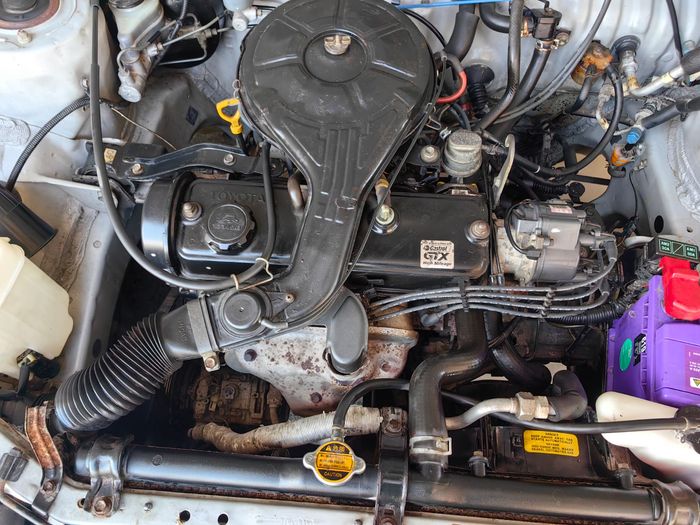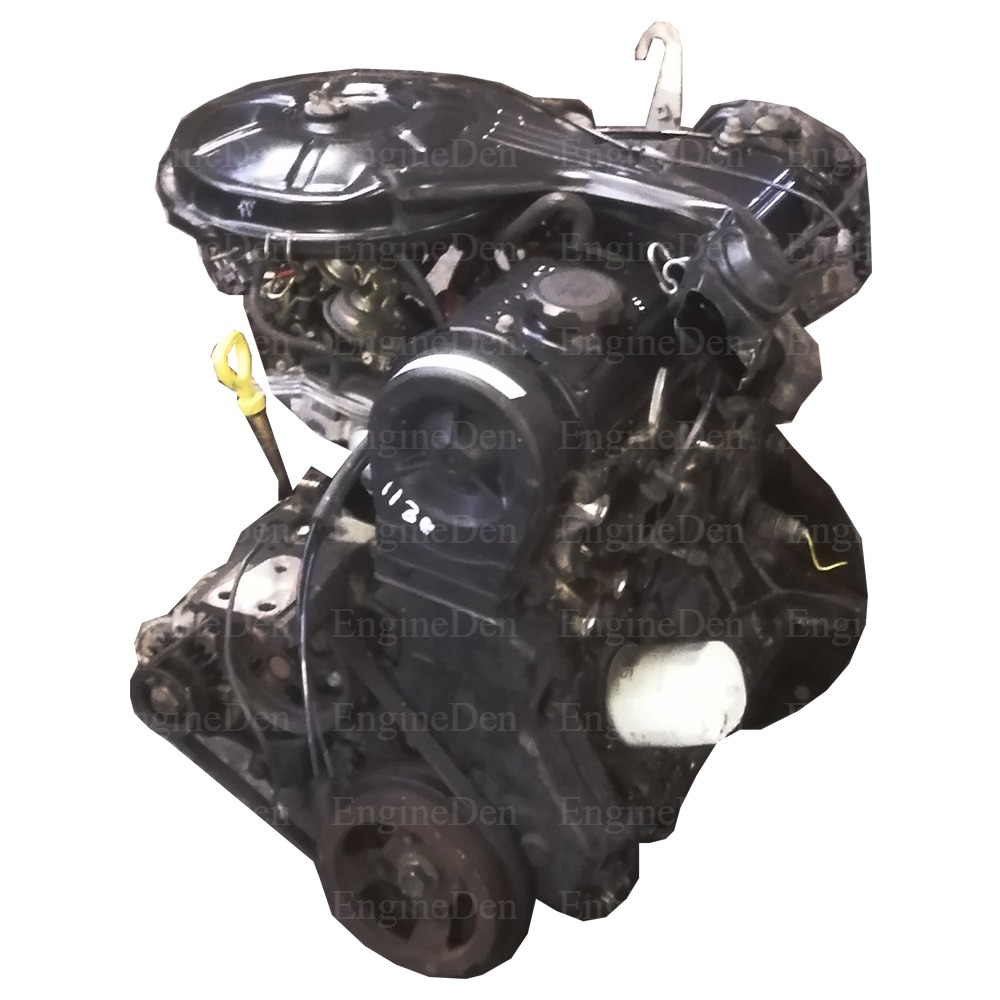Buying Engine Components: an In-Depth Contrast of New Vs Utilized Alternatives for Optimal Efficiency
Navigating the world of engine parts purchase offers an important time for businesses and people alike. The option in between brand-new and pre-owned engine components is not just an issue of cost; it intertwines with considerations of quality, toughness, and environmental impact.
Cost Comparison Between New and Utilized Parts
When thinking about the cost contrast between new and previously owned engine components, it is essential to evaluate the ahead of time expenses versus the long-term financial savings and prospective dangers linked with each choice. New engine components commonly come with a higher initial cost tag, reflecting the most current technology, quality assurance, and guarantee insurance coverage. Ultimately, the cost contrast in between pre-owned and brand-new engine components need to be assessed based on specific needs, budget plan restrictions, and the wanted degree of performance and reliability.
Dependability Variables to Think About
Taking into consideration the implications of expense comparison in between new and pre-owned engine parts, examining the reliability elements ends up being extremely important in making an educated decision for ideal efficiency and longevity. When assessing the integrity of engine components, factors such as the age of the component, its previous use history, maintenance records, and the online reputation of the supplier or vendor must be very carefully thought about.
Additionally, the source of the utilized parts plays an essential duty in determining their reliability. Parts sourced from credible suppliers or salvage yards with an excellent track record might supply a much more reliable option compared to components from unknown resources. It is necessary to perform complete study and assessments prior to purchasing utilized engine components to guarantee they meet the needed integrity criteria for optimal efficiency and sturdiness.
Efficiency Differences: New Vs Made Use Of
What distinguishes the efficiency of brand-new engine parts from that of used ones? The key element that establishes brand-new engine components apart from used ones in terms of performance is their pristine condition.
In addition, brand-new engine parts are designed to function perfectly with other brand-new components, making certain optimum performance and compatibility within the engine system. Ultimately, deciding for brand-new engine components can offer peace of mind and optimum performance contrasted to utilized alternatives.
Service Warranty and Assistance Comparison
The contrast of service warranties and support solutions between used and brand-new engine components exposes significant distinctions in dependability and client guarantee. When buying new engine parts, consumers normally profit from maker service warranties that provide insurance coverage for a given duration, guaranteeing protection against problems or malfunctions.
Furthermore, the level of consumer support likewise varies in between pre-owned and new engine components. Manufacturers of repairs normally supply specialized client service networks, such as hotlines or on-line support, to help clients with any type of inquiries or concerns. On the various other hand, when purchasing utilized engine parts, the availability of customer assistance might vary depending on straight from the source the vendor, with some offering minimal aid post-sale. toyota tazz engine for sale. Inevitably, the guarantee and assistance comparison highlights the advantages of selecting brand-new engine components in terms of integrity and consumer assurance.
Environmental Effect of Acquiring Choices
Upon reviewing the environmental consequences of acquiring decisions, the influence of secondhand versus new engine components on sustainability comes to be noticeable. When selecting brand-new engine parts, the manufacturing process associated with creating these elements normally results in higher power usage and raised discharges. The extraction of basic materials, transportation, and the real manufacturing of new parts add dramatically to carbon impacts and environmental degradation.
On the other hand, choosing utilized engine components can have a favorable ecological impact by promoting recycling and reducing the need for brand-new manufacturing. By utilizing pre-owned components, the need for extra manufacturing is minimized, thereby lowering energy intake and discharges associated with making processes. Recycling components aids to divert waste from garbage dumps, prolonging the life expectancy of materials and reducing overall ecological impact.
Eventually, considering the environmental consequences of acquiring decisions is crucial in advertising sustainability. Choosing for made use of engine click this site parts over new ones can play a crucial function in lowering carbon discharges, conserving sources, and cultivating an extra eco-friendly strategy to maintaining and fixing cars.

Verdict
In verdict, when considering whether to acquire new or made use of engine components, it is crucial to evaluate the price, integrity, performance, guarantee, and environmental effect of each choice. New parts might use better integrity and performance, yet come at a greater price.

In final thought, when considering whether to get new or used engine parts, it is important to evaluate the price, integrity, performance, warranty, and environmental influence of each alternative.